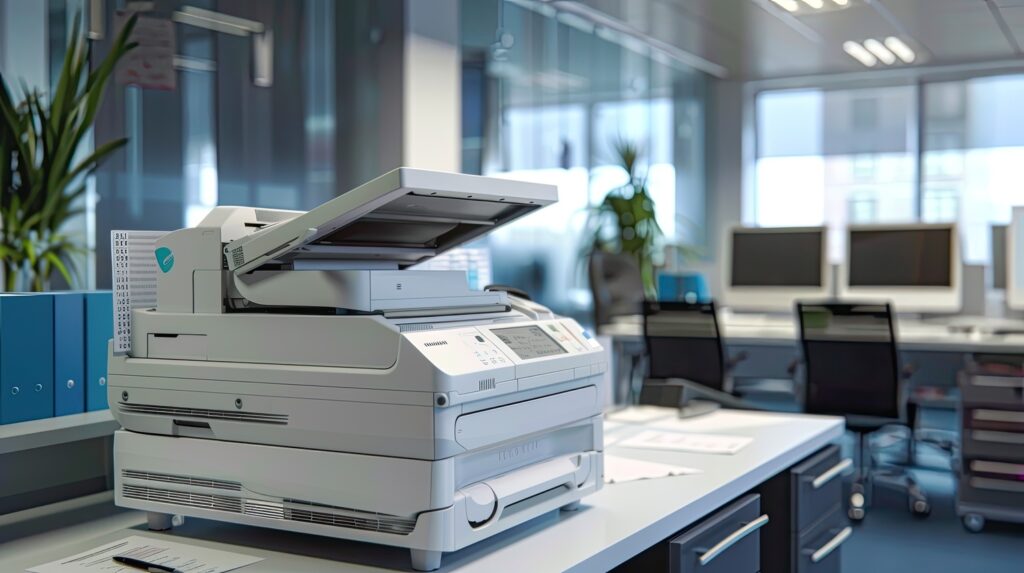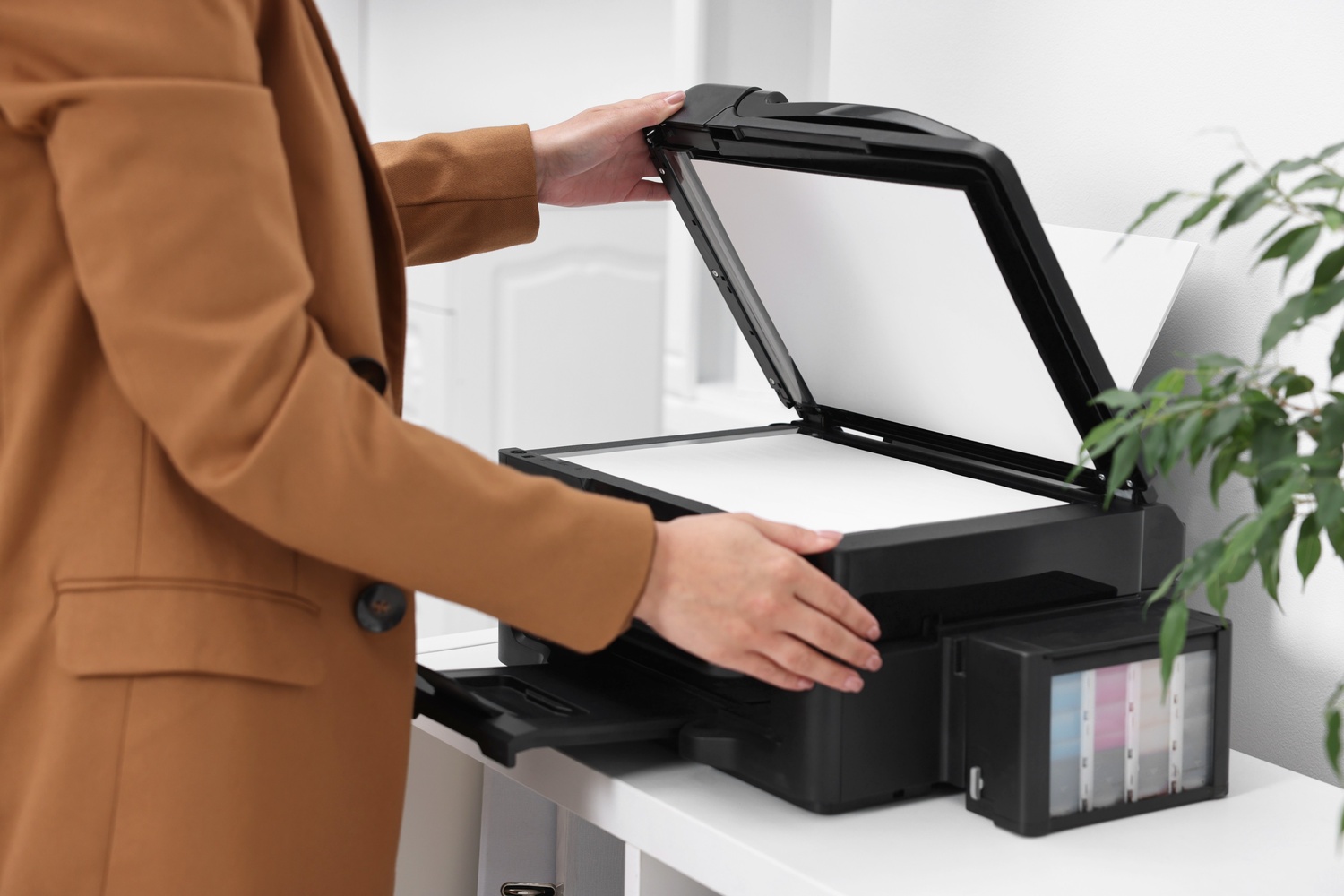Selecting the right multifunction laser printer can streamline your printing, scanning, copying, and faxing tasks, saving time and effort. With a variety of options on the market, it’s essential to evaluate your specific needs before making a purchase. This guide breaks down key factors to consider, helping you identify the printer that aligns with your requirements.
Assess Your Usage Needs
Before exploring models, take a moment to identify how you plan to use the printer. Are you printing mostly text-heavy documents, color materials, or a mix? For home use, a basic model might suffice, while businesses may need advanced features like high-speed printing and large paper capacity.
- Home Office: Look for compact models that fit small spaces and handle lower print volumes.
- Office Use: Consider machines designed for heavy-duty tasks, such as faster printing speeds and support for multiple users.
- Specialized Tasks: If you often print graphics, opt for a model that delivers high-quality color prints with precision.
Knowing your usage patterns helps narrow down your options and avoids overspending on features you don’t need on your multifunction laser printers.
Evaluate Print Speed and Volume
Print speed, measured in pages per minute (PPM), determines how quickly a printer can handle tasks. A faster PPM is beneficial for high-volume printing environments, such as busy offices. Also, check the recommended monthly duty cycle, which indicates the volume a printer can handle without risking wear and tear.
- Low Volume: For occasional use, 20–30 PPM is generally sufficient.
- High Volume: Businesses may benefit from models with 40+ PPM and higher monthly duty cycles.
Matching print speed and volume to your requirements ensures the printer operates efficiently without overloading its capabilities.
Consider Connectivity Options
Modern printers often support multiple connectivity options, making it easier to print from various devices. When comparing models, think about how you’ll connect and interact with the printer.
- USB: Suitable for direct connection to a single computer.
- Wi-Fi: Enables wireless printing, ideal for homes or shared workspaces.
- Ethernet: Provides a stable connection for office networks.
- Mobile Printing: Look for compatibility with various apps or dedicated manufacturer apps.
Choosing the right connectivity ensures seamless integration with your devices, reducing setup hassle and improving workflow.
Check Scanning and Copying Features
Multifunction laser printers include scanning and copying capabilities, but the quality and speed can vary widely between models. Consider how often you’ll use these functions and the level of detail you need.
- Flatbed Scanners: Useful for scanning books, photos, or thick materials.
- Automatic Document Feeders (ADF): These allow you to leverage automation for faster scanning or copying of multiple pages, saving time compared to manual feeding.
- Resolution: A higher DPI (dots per inch) is important for scanning detailed documents or images.
Selecting a printer with suitable scanning and copying features saves time and boosts efficiency.

Review Paper Handling and Capacity
Paper handling is an often-overlooked aspect of choosing a printer but can significantly impact convenience. Pay attention to the capacity of the paper trays and the types of media the printer supports.
- Paper Size: Most printers handle standard sizes like A4, but some can accommodate larger formats like A3.
- Tray Capacity: For frequent printing, a larger tray minimizes the need for constant refilling.
- Specialty Media: Check for support for labels, envelopes, or cardstock if you print on different media types.
Selecting a printer that meets your paper-handling needs avoids interruptions and expands printing possibilities.
Understand Toner Costs and Efficiency
Toner is a recurring cost that can add up over time. Before purchasing a printer, research the cost of replacement cartridges and their page yield (the number of pages printed per cartridge).
- High-Yield Cartridges: Offer more pages per cartridge, reducing replacement frequency.
- Eco-Friendly Models: Some printers are designed to minimize toner usage or support recycling programs.
Considering long-term costs alongside the initial price ensures you’re making a cost-effective decision.
Explore Security Features
Security features are particularly important in office environments or for anyone handling sensitive information. Many modern printers include safeguards to protect data and prevent unauthorized access.
- Secure Print: Requires a PIN or authentication to release documents.
- Encryption: Protects data during transmission to the printer.
- Device Management: Allows administrators to control access and track usage.
Including security in your selection criteria can protect your information and maintain compliance with privacy regulations.
Think About Energy Efficiency
Energy-efficient models reduce power consumption and operating costs over time. Look for printers with energy-saving features, such as automatic sleep mode or Energy Star certification.
- Sleep Mode: Reduces power usage during inactivity.
- Quick Start: Minimizes warm-up time while staying efficient.
An energy-efficient printer can lower utility costs and contribute to sustainability efforts.
Set a Realistic Budget
Finally, determine a budget that considers both upfront expenses and the overall cost, including toner and maintenance. While high-end models offer advanced features, they may not be necessary for your needs.
- Entry-Level: Suitable for light use and lower cost requirements.
- Mid-Range: Balances cost with features like faster speeds and additional functions.
- High-End: Designed for large offices or specialized tasks, offering premium features at a higher price point.
Balancing your budget with your requirements helps you find the best value.
Conclusion
Choosing the best multifunction laser printer involves understanding your needs and evaluating features like speed, connectivity, paper handling, and toner efficiency. By focusing on these factors, you can find a printer that simplifies your tasks, fits your workspace, and stays within budget. Investing time in researching options ensures you select a reliable device that serves you well for years to come.
